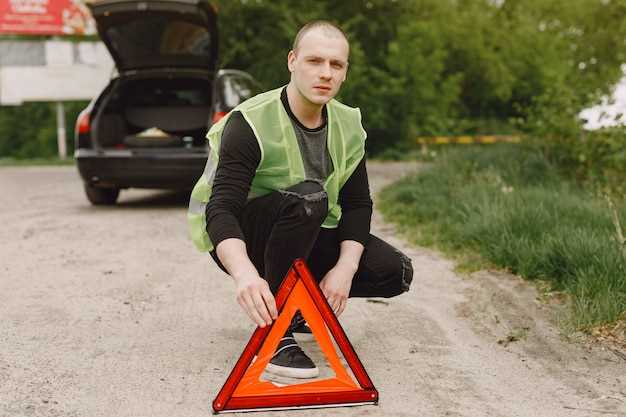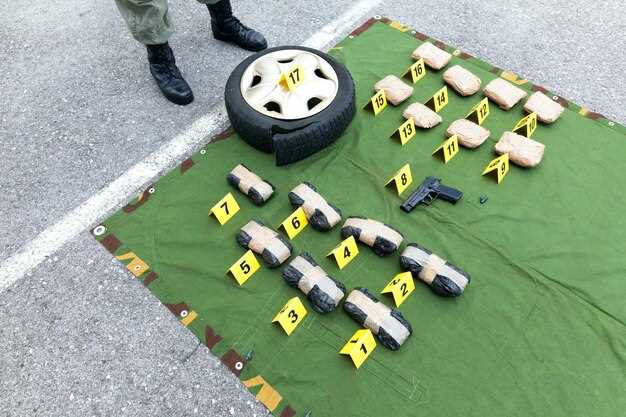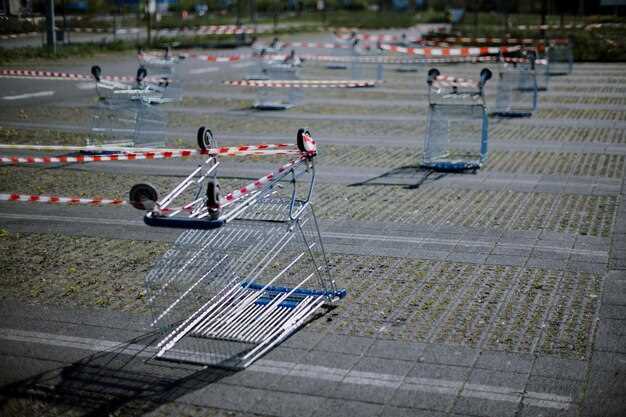
In the world of racing, the pit area is not just a hub of activity; it is a critical zone where teams perform essential maintenance and repairs on their vehicles. Constructing a basic race pit for emergencies ensures that you are prepared to handle unexpected situations effectively and efficiently. This guide will walk you through the fundamental steps of setting up a pit that meets your racing needs while prioritizing safety and speed.
A well-thought-out pit setup can be the difference between winning and losing in a race. It is imperative to create a space that is organized, accessible, and equipped with the necessary tools and supplies. Your pit should allow for quick service, enabling you to maximize your vehicle’s performance even under pressure. In this article, we will explore important considerations when creating your emergency race pit, from the layout to the essential equipment required for success.
Furthermore, every racer must understand that preparation extends beyond just having a physical pit. It requires a strategic mindset and a well-coordinated team. In the subsequent sections, we will delve deeper into the specifics of building a functional pit, ensuring that it serves as a reliable lifeline during critical race moments. By following these guidelines, you will be able to construct a pit that not only aids in quick repairs but also enhances your overall racing strategy.
Choosing the Right Location for Your Race Pit

Selecting the appropriate location for your race pit is crucial for ensuring efficiency and safety during emergencies. The ideal spot should be easily accessible, allowing quick movement of personnel and equipment. Look for a flat area that can accommodate all necessary gear and personnel without being cramped.
Proximity to the track is important; the pit should be close enough to facilitate rapid response to incidents yet far enough to avoid disruption from ongoing races. Consider potential hazards such as loose debris or water accumulation, which could impede operations. Additionally, ensure the location has adequate lighting for visibility, especially during night events.
Evaluate the surrounding terrain as well. A location with stable ground prevents issues with vehicles sinking or equipment becoming unusable. Additionally, having nearby cover, such as tents or trees, can protect the pit from extreme weather conditions.
Finally, consult event guidelines and regulations to ensure compliance regarding pit locations. This will help avoid conflicts and enhance overall safety during race events. A well-chosen race pit location not only improves response time but also contributes to a smoother operational flow in emergency situations.
Necessary Tools and Materials for Race Pit Setup
To successfully establish a race pit for emergencies, it is essential to gather specific tools and materials that ensure efficiency and safety during operations. Understanding the requirements will help streamline your setup process and enable quick responses in critical situations.
First and foremost, a sturdy folding table is necessary for organizing tools and materials, providing a designated workspace. This table serves as the central hub for mechanics and support staff, facilitating smooth communication and teamwork.
Next, you will need an assortment of hand tools, including wrenches, screwdrivers, pliers, and socket sets. These tools are indispensable for making quick repairs on race vehicles, allowing for minimal downtime between laps. It’s advisable to have both standard and metric sizes to accommodate various vehicle specifications.
A reliable air compressor is also crucial; it helps maintain tire pressures and can be used to clean components during repairs. Additionally, portable tire changers will expedite the process of replacing tires, which is often a critical factor in race performance.
Safety gear cannot be overlooked. Fire extinguishers, first aid kits, and reflective cones should be included to ensure safety protocols are followed at all times. Each crew member must be equipped with personal protective equipment such as gloves, safety glasses, and helmets to minimize the risk of injury.
Furthermore, a supply of fuel and oil is necessary for quick refueling and maintenance of race vehicles. Containers must be safely stored and clearly labeled to avoid any hazardous situations.
Lastly, having a communication system, whether through radios or mobile devices, is vital for coordinating actions between team members in the pit. This ensures that everyone is aware of the race status and any potential emergencies that may arise.
Step-by-Step Guide to Assembling the Race Pit

Assembling a race pit effectively can be crucial during emergencies. Follow these steps to ensure a well-organized setup that facilitates quick response and support.
1. Choose the Location: Select a flat, dry area with sufficient space for vehicles and equipment. Ensure the pit is easily accessible for both vehicles and personnel, avoiding areas prone to flooding or other hazards.
2. Gather Necessary Equipment: Collect all essential items needed for your pit setup. This includes tools, fuel, spare parts, medical supplies, communication devices, and safety gear. Make a checklist to avoid missing critical components.
3. Set Up Pit Barriers: Install barriers or flags to mark the boundaries of the pit. This will help keep non-essential personnel away from the working area and ensure a clear path for emergency responders.
4. Establish Workstations: Create designated areas for different tasks such as fuel storage, repairs, and medical assistance. Each workstation should have the tools and materials specific to its function to streamline the workflow.
5. Organize Equipment: Systematically organize spare parts, tools, and supplies within the pit. Use containers or shelves to keep items accessible and identifiable. Label everything clearly to save time during critical moments.
6. Implement Safety Protocols: Clearly display safety guidelines and emergency procedures at the pit. Conduct a briefing for all personnel involved to ensure everyone understands their roles and responsibilities.
7. Test Communication Systems: Prior to any racing activities, test all communication devices within the pit. Ensure that everyone can efficiently convey information, updates, and emergencies to minimize response time.
8. Practice Drills: Conduct practice drills to familiarize the team with the pit setup. This will help identify any potential issues and improve overall efficiency during real emergencies.
With these steps, your race pit setup will be ready to handle emergencies effectively, providing necessary support for racers and maintaining safety on the course.
